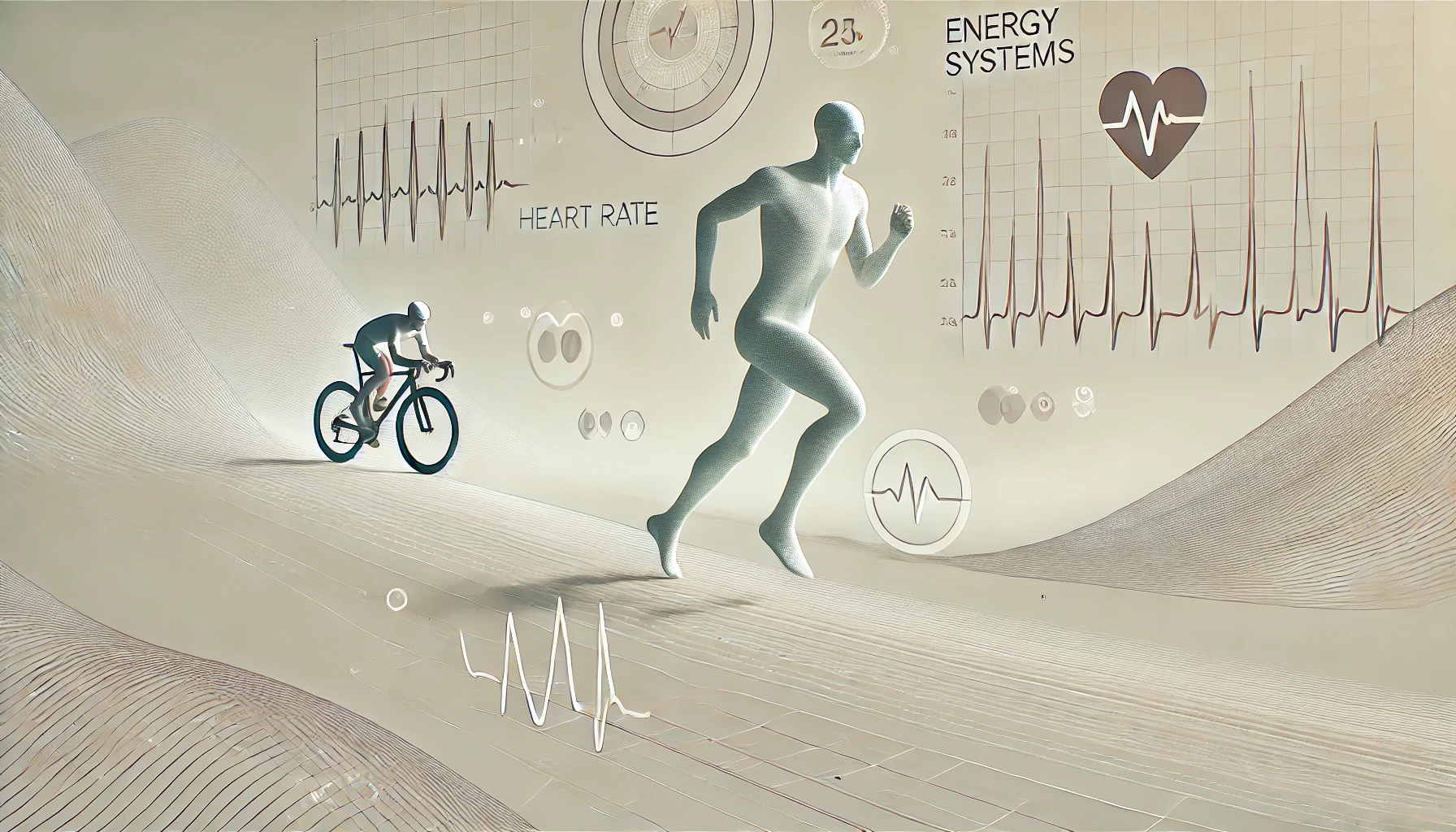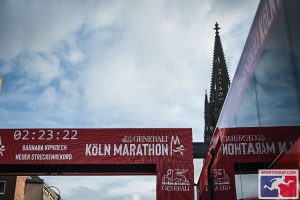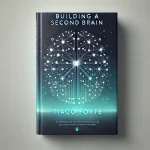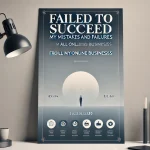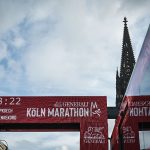We have been discussing about entrepreneurship and tech for a while in this blog. Two of my interested topics. Yet we haven’t really talked about sports or physical activity.
Maybe you saw it on the home page, maybe you didn’t but sports and physical engagement is besides my tech-interested, life-long learner and entrepreneurial personality, a great topic in my life.
In the first part of this blog article I will present you my sports journey throughout my life and what role it played and how it affected me both mentally and physically. And then we will discuss about physiology and biology for sports, focusing on energy systems.
My story with sports
From the time I was five or six through early adulthood, sports are a constant in my life—the only thing that changes is the type of sport.
Football
As every child in 2010s, where colorful football shoes were worn instead of sneakers, it all started with football (soccer) at a very young age, and it short after become a true passion and no. 1 hobby at the time. It happened so naturally that I do not even remember how I first got into it. It was just meant to be. I do remember however we were playing football the whole day with friends at the school, during and after school. The feeling of being tired didn’t just exist.
Football sure is a symbol of my meaningful childhood, I am grateful for.
Basketball
After football, it continued with basketball, where I remember how I got into: my father played with me at first and beat the shit out of me, that I got so pissed of and ambitious that I desperately wanted to beat him and so basketball became the next obsession. I then (after outpacing my father) also played in clubs. Basketball became the passion of my early-mid adolescent phase.
Table Tennis
Then came another one: table tennis. I didn’t consider this one to have that much potential since we were just playing with friends in brakes at school, however: each every brake, no matter how long it was. The demand, at our school, for table tennis indeed was so great, even in 10-min brakes, compared to the limited table capacity, that the traditional game of 11 was not even possible. And so we used the play “The King” as we call it, where the king had three point advantage against his opponents. And if the challenger lost a point, it was the turn of the next one. He who has won three times in a row against the king became the new king.
But I also attended clubs and competitions afterwards and played at an amateur level for a while.
The -Prime- Gym Era
I always had a natural interest and aptitude for sports, especially for ball sports. However I wasn’t the most athletic kid. In fact I was a little chubby.
So I wanted to hit the gym, to get in shape and actually look good and be athletic (actually just f*cking big). Convinced my father that I’d do it for my health..
My gym era was perhaps my prime-time-teenage years. I was 16-17, hitting the gym consistently 6 times a week. Eating just chicken and rice and cucumber 4 times a day. Consuming ridiculous and extreme amount of caffein (energy drinks + pre-workouts + coffee (I didn’t even like coffee back then)). Despite the unconscious thrive, and the f*ck up my of health I, was happy, I was extremely happy.
I also would argue that to hitting the gym was one of the activities in my life, if not the one, that has build the character and world view I possess right now.
Those unconscious funny times with absurd amount of caffeine doses with single kind meals was fine and fun. But the gym gave me much more than getting big: discipline, energy and motivation to hustle.
I started reading books, having much better grades and much more energy for school and social life, getting my life on a track. I felt like I just woke up at 18, I quitted video games, set financial goals, researched for ways to make money (online), got in a very determined perhaps even toxic manliness-motivation mindset.
My mindset and goals have sure slightly changed with time. But what I want to underline is, that it was the milestone of my life.
So these sure were the four foundational columns of my physical-/sports- and character development. But other sport arts like swimming and volleyball are also very meaningful to me.
The current status
Don’t get me wrong, I still hit the gym. But the 6-time a week PPL spilt is replaced with a 3-time full body split where a lot more body weight and muscle endurance exercises are involved. I also still go to the weekly table tennis course at my University and play football and basketball from time to time with friends.
Yet I try to do all these in a good balance. Along these, my focus remarkably lies on endurance training right now. Other than young me, I enjoy it, enjoy to push the limits of my physiology.
I think someone who is young, at the ages where the hormones, energy and motivation is peaking, should push their limits in order to become the best version of themselves, physically.
So I truly want and train to see my body in its best conditions in my twenties. My goals at this extend are to run a marathon within this year and do an Ironman within 5 years. These sure are challenging goals, but this is in fact the point. Along the physical side, this kind of sport has became, just as the gym, an escape of the unnecessary stress of life, a mediation to recover mentally.
I try to do all these consciously, different than my happy prime time gym era. This is also why my natural curiosity leads me to topics such a sleep, physiology, wellbeing, and endurance training right now.
Lets have a look at our human physiology, especially to the most relevant topics for sports and athletes.
Energy Systems
First, some good to knows are the so called ATP or Adenosine Triphosphate and the glucose. You will see me calling them often, so is good to know. ATP is basically the body’s primary energy currency, which is needed for every event that requires energy: sleeping, training, talking, etc. According to the event/activity changes the doses of production.
And the glucose is the body’s primary energy source, which also is needed for every event that requires energy: as you eat food (mainly carbs) it will be digested (starting in your mouth) and turned into glucose (blood sugar) or will be stored in muscles and liver for short-mid term (glycogen) or turned into fat as a long term energy source.
What are energy systems?
In a simple manner: mechanisms in our body that produce energy (ATP) and vary from activity to activity depending on the intesity.
1. Phosphagen system
The phosphagen system is for immediate energy production that usually last 10-15 seconds. It uses ATP and creatine phosphate for explosive efforts like sprints and jumps. This process does not require oxygen so it depletes quickly and the body must switch to another energy system after 10-15 seconds.
You can think this as the battery of a car where immediate (electrical) energy is produced to get the whole system started. And after the first cue, it switches to a more sustainable energy production with the engine.
2. Glycolytic system (anaerobic glycolysis)
The anaerobic glycolysis produces short term energy between 10s to 2/3 minutes. It is the primary energy producer for intense activities when the phosphagen system depletes. And it also does not require oxygen (anaerobic).
As the name glyco-lysis actually tells us, in this process a glucose molecule that contains six carbon atoms (C6H12O6) is broken down (sliced) into two pyruvate molecules (3 C-atoms) and two ATP molecules. It also creates lactate as a byproduct. With the 2 ATP mol/ glucose mol production rate this system isn’t efficient compared to the aerobic system.
3. Oxidative (aerobic) system
This is the long term energy system, capable of producing energy for above 3 minutes. Unlike the first two energy systems oxidative system requires oxygen.
It contains of three interconnected processes. First, the aerobic glycolysis, where the glucose is broken down with oxygen present. Then follows the krebs cycle: here a series of chemical reactions occur that extract energy from the breakdown products of glycolysis. And finally the electron transport chain (ETC), where the majority of ATP is produced.
The oxidative system is highly efficient, yielding ca. 36-38 ATP molecules per glucose molecule, which is about 18-19 times more efficient than the anaerobic system.
All in all, sports mean a lot to me, personally. I’d encourage every individual to do sports, especially while they are still young. This was more a personalized blog with my own experiences and a superficial dive into human physiology. But in next blog articles, we will discuss many more topics about physical activity and our physiology.
